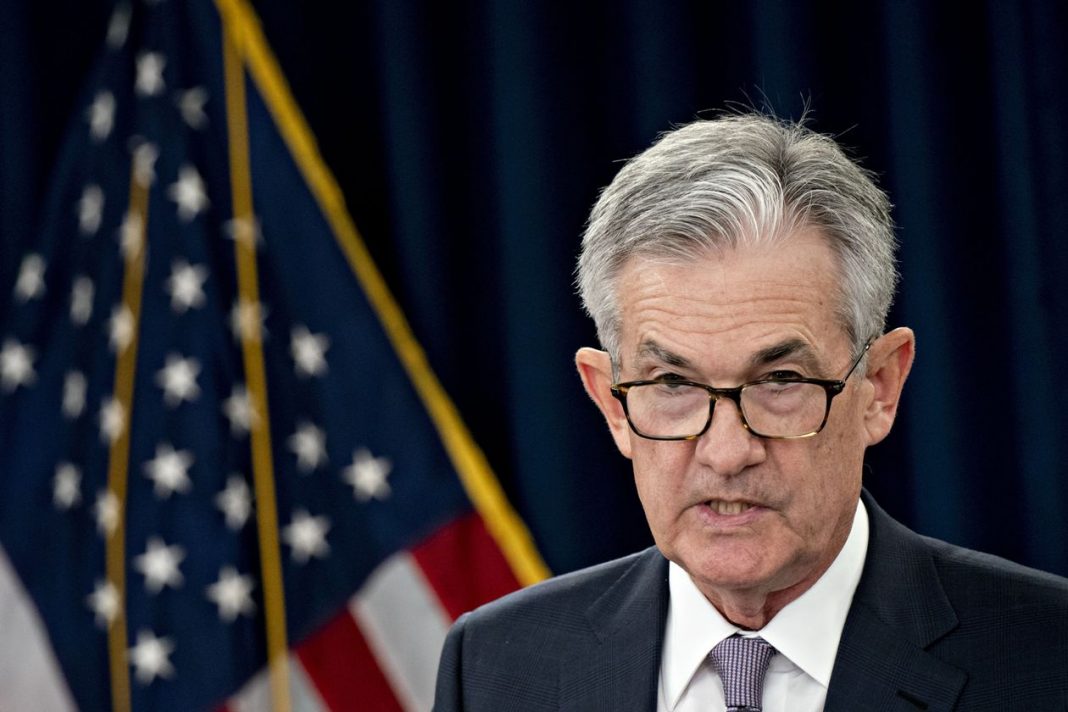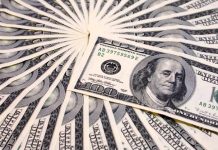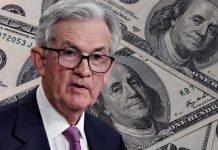Federal Reserve Chairman Jerome Powell will walk a tightrope this week over whether and how to signal a potential timeout in rate cuts following an expected reduction on Wednesday.
Markets largely expect another quarter-percentage-point rate cut at the Fed’s Oct. 29-30 meeting. It is the Fed’s next step that is uncertain, and investors will closely watch for clues in the central bank’s policy statement and Mr. Powell’s press conference.
If the Fed cuts rates this week, officials will have reduced their short-term benchmark at each of their last three meetings in order to guard against a slowdown from weaker global growth and heightened trade policy uncertainty.
A third cut would lower the central bank’s rate to a range between 1.5% and 1.75%, down from a range between 2.25% and 2.5% that prevailed for the first seven months of the year.
Without signs of a sharper deterioration in economic data, officials on Wednesday may seek to tamp down on expectations that they will keep cutting rates—including at their final scheduled meeting of the year in December—absent broader signs of weakening in the economy.
At the same time, soft economic data of late could make officials uncomfortable delivering an “all clear” signal, particularly because any residual damage from the U.S.-China trade war may not yet be fully reflected.
Mr. Powell’s task will be to craft a message that neither presumes a cut is likely in December nor declares an outright end to rate cuts—without provoking a market backlash that unwinds the benefits from moves to reduce borrowing costs for households and businesses.
“The challenge is threading a needle where the eye has become extremely tiny,” said Ellen Zentner, chief U.S. economist at Morgan Stanley.
In recent months, Mr. Powell had indicated the Fed’s bias was to cut rates if the data didn’t improve—a framework officials call “risk management.” But in recent weeks, Fed officials have begun laying the groundwork for a subtle but important shift where they instead would only cut rates if the data worsens.
At some point, they’ve got to say, ‘We are at the point where we think we’ve cut enough based on our view of growth,’” said Steven Blitz, chief U.S. economist at TS Lombard. “And the market has to buy into their view so that they see the Fed’s willingness to stop as a positive and not as a negative.”
Mr. Powell has faced criticism from investors over the past year when they didn’t understand or agree with his outlook.
After announcing the initial rate cut in July, for example, some investors recoiled when Mr. Powell referred to the rate cut as a “mid-cycle adjustment,” leaving them to wonder if he was ruling out more reductions.
Mr. Powell later clarified that he was contrasting the Fed’s move with two separate episodes in the 1990s when the Fed cut rates three times while avoiding recession and a larger rate-cut campaign. He hasn’t repeated the phrase since then, but Mr. Powell and the rate-setting Federal Open Market Committee have continued to characterize rate cuts in that same spirit.
How the Fed frames the expected cut this week could differ from the first two because the central bank is now much closer to the line between the mini-easing cycle officials outlined in July and a full-blown rate-cut sequence.
At their meeting last month, officials debated whether they should “provide more clarity about when the recalibration of the level of the policy rate in response to trade uncertainty would likely come to an end,” according to minutes of the meeting released on Oct. 9.
Tweaking the language in the statement, which is the product of heavy debate and is designed to reflect the consensus view of the committee, would send a stronger signal than relying on Mr. Powell alone to deliver a message in his press conference.
The Fed has issued some variant of its current statement saying the central bank would “act as appropriate” to sustain the economic expansion at its last three meetings. To dislodge expectations of another cut in December, “they have to put some speed bumps in the statement,” said Vincent Reinhart, a former senior Fed economist who is now chief economist at Mellon.
Morgan Stanley’s Ms. Zentner said even if a pause in rate cuts is likely, signaling one explicitly would be too risky because it could be misinterpreted by markets.
Dallas Fed President Robert Kaplan said earlier this month he wouldn’t support announcing a hard stop to rate cuts. “My own view is that we should not see that in the statement,” he told reporters on Oct. 18. “This is a really fragile time where this could break either way. The jury is very much out.”
One way the central bank has previously underscored a shift away from easier policy, including in 1996 and 1998, was to emphasize the accumulation of easing to date.
This doesn’t always work out. In October 2007 and June 2008, Fed officials tried to deliver similar messages, only for a credit crisis to deepen, forcing extensive rate cuts.
Several analysts said they expect Mr. Powell to strike a balance by signaling how officials are pleased with their actions so far, which they view as significant, while maintaining that they don’t know if those steps will have been enough to sustain the economic expansion.
Given high levels of uncertainty, officials will have “little incentive…to go out on the limb on the economy” because coming reports could change the outlook shortly after the Fed’s meeting, said Marc Sumerlin of policy-analysis firm Evenflow Macro.
New data on hiring in October is due Friday from the Labor Department, together with a private-sector survey on manufacturing activity that is widely watched by investors.






























Powell…Powell…Powell again